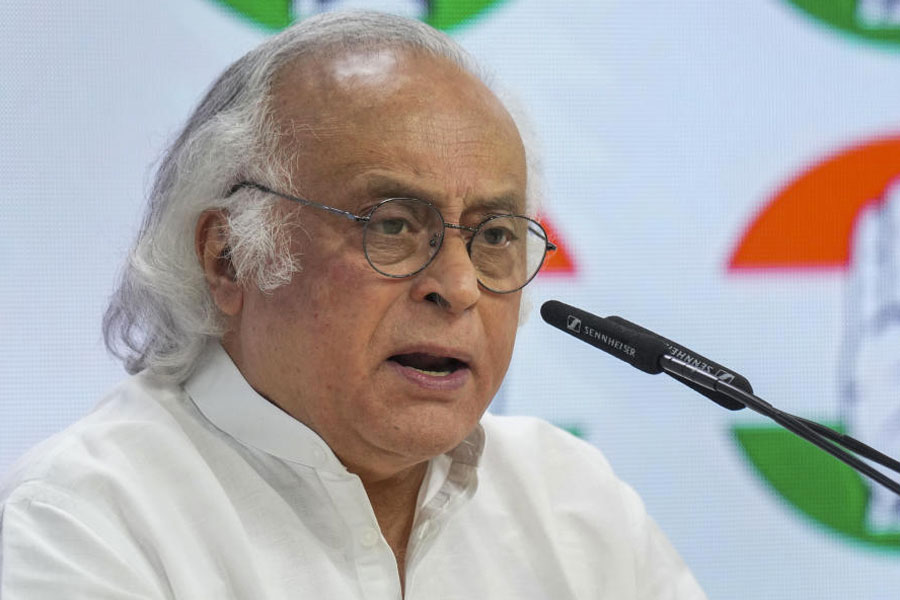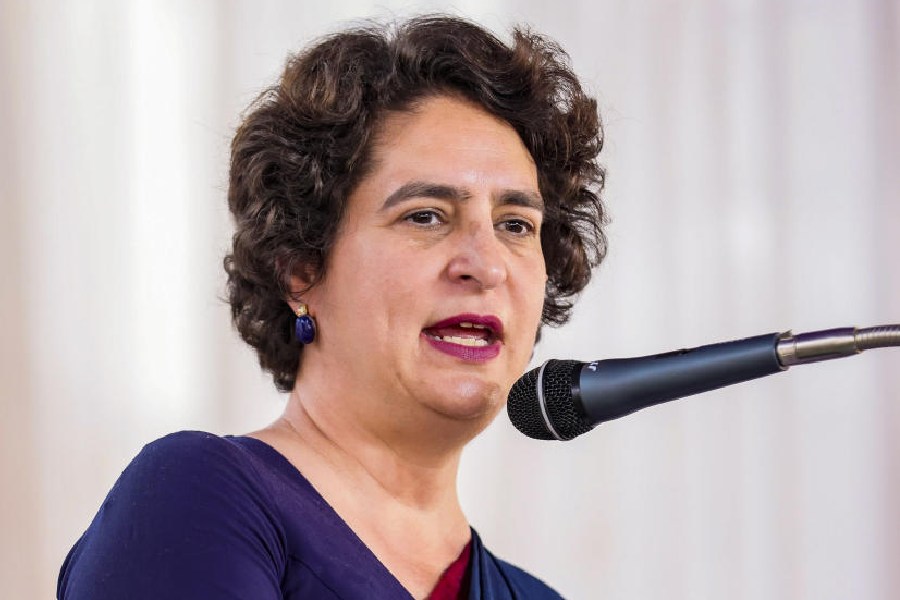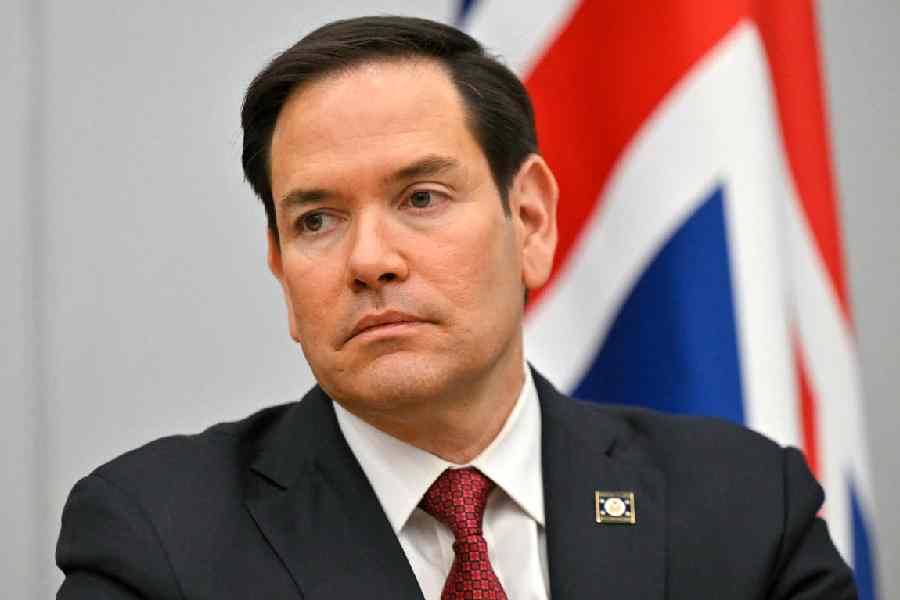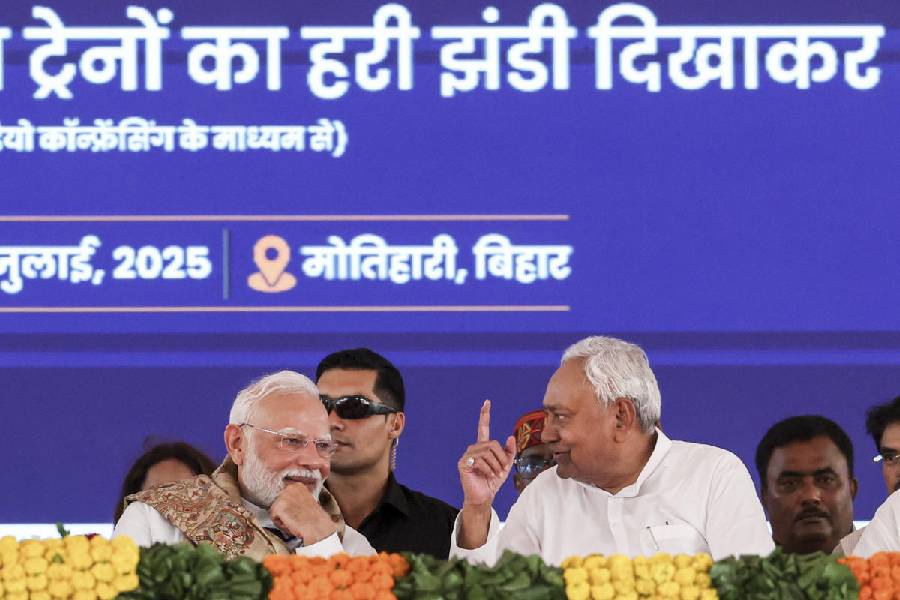 |
| Lewis Hamilton |
Lewis Hamilton’s ethnicity is a tricky subject in a politically correct world. Why is it important that he is the first Formula One driver who is black or of Afro-Caribbean origin? Surely the only thing that matters is that the man can drive.
Indeed, it has been interesting to observe over the five short months since he was announced as a driver for this season with McLaren Mercedes how quickly that part of his story has been forgotten.
Hamilton’s mature performances in his first four races — which leave him leading the drivers’ championship going into the Monaco Grand Prix this weekend — have swept away the ethnic element, just as predicted by those around him. The coverage has been about “the sensational British rookie” who looks on course to rewriting Formula One record books, not the first “black driver” in the sport.
However, for a lot of people in Britain — many of them children — Hamilton’s colour is important. The fact that he is of “mixed race” with a black father (Hamilton’s paternal grandfather immigrated to Britain from Grenada) and a white mother is significant — and positively so.
Last December, two days after McLaren presented him to the motor racing world as teammate to Fernando Alonso, Hamilton, 22, got a sense of his symbolic importance when he accepted Sir Jackie Stewart’s invitation to do the honours at the annual prize-giving at a youth club in Hackney of which Stewart is president.
The Springfield Club and its environs could not be farther from the elegance and opulence of Monte Carlo — or even Hamilton’s own hometown of Stevenage, in Hertfordshire.
It is set in an area of high unemployment where drug dealing is rife and violent crime is on the increase. The membership of the club is mostly black and the goal of the 18 volunteer staff is to help the children who turn up there most evenings to grasp that there is more to life than the lure of the street.
Hamilton went down a storm, the children loved him and he stayed long into the evening chatting to them. Many have followed his progress on the track since and, when asked about him during a visit to the club by The Times this week, most had no qualms about pinpointing his significance in the multi-ethnic Britain in which they live.
Vibert Murdock, 40, a vice-chairman of the club who joined as a boy and has seen scores of celebrities from the motor racing world and other sports turn up at Stewart’s invitation, agrees with the children in his care.
Hamilton is a special symbol for black youngsters, he believes, and for adults. “To say that because he is the first black driver he will appeal to black kids is an easy way to put it,” Murdock said. “Nevertheless, you can’t move away from the fact that you have to look at his colour, because it’s there. Not much is made of it, which is interesting, but in my view it is something for me. Lewis is an inspiration for me personally. I am a lot older than him, but I see what he’s doing — it’s fantastic.”
While Hamilton’s emergence can only be good for Formula One, Murdock is not convinced that other black drivers will follow his example, a view you hear among people on the street in Hackney, who regard Formula One as an elite sport similar to golf or skiing. But Hamilton is getting noticed, and by people who do not normally follow motor racing.










